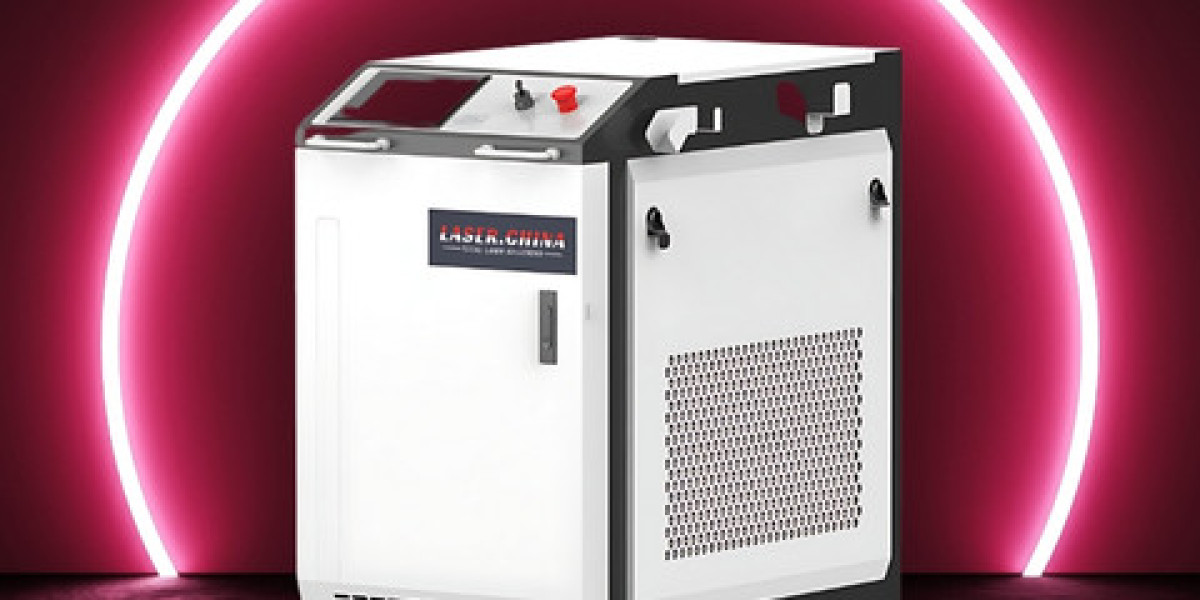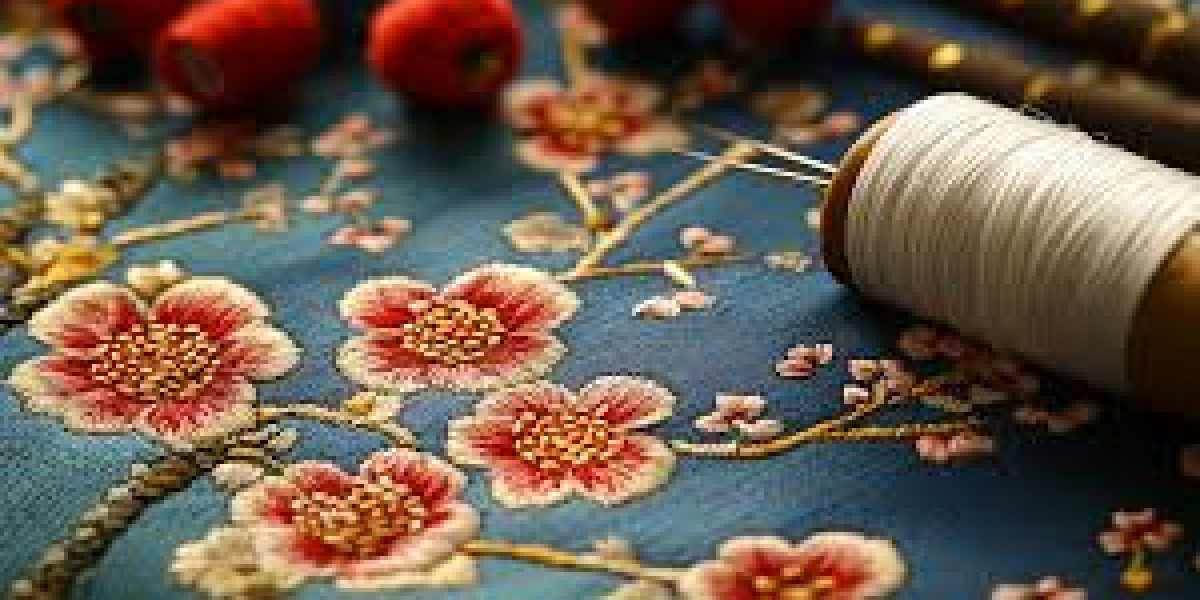When winter arrives and the days grow shorter and colder, motorcyclists face the timeless question: which jacket truly delivers the best protection against winter's chill — textile or leather? This question often carries weight beyond mere practicality. There's the undeniable emotional aspect tied to the right gear choice, whether for personal use or as a thoughtful gift from someone who cares deeply about the rider’s well-being. Choosing a cold weather motorcycle jacket becomes more than a purchase; it becomes a decision layered with experience, trust, and personal connection.
The right jacket must deliver warmth, comfort, mobility, and safety—features all riders deeply crave on icy mornings or drizzly rides. Let’s delve deep into the nuances of textile and leather jackets in winter, addressing not only their functional differences but also exploring the very human side of making such choices.
The Enduring Appeal of Leather Jackets
Leather jackets have long held a revered spot in motorcycle culture. They evoke imagery of classic riders, timeless style, and a rugged resilience that feels almost symbolic of the biker spirit itself. For decades, leather has been recognized for its durability and abrasion resistance—qualities that rightly translate to excellent protection during road mishaps.
Leather’s natural density provides an effective wind barrier, which can be comforting against winter chills. High-quality leather with thick hides has good insulating properties, particularly when layered with insulated liners or worn over warm base layers.
Many riders cherish the way leather molds to their body over time, creating a personalized fit that becomes a second skin. This intimate relationship with a leather jacket often transforms it into more than just gear—it's almost like a trusted companion on countless journeys.
The Practical Drawbacks of Leather in Cold Weather
Yet, leather does have specific limitations, particularly when faced with the realities of winter riding. While thick leather excels at blocking wind, it falls short against water. Without treatment, leather jackets soak up rain, becoming heavy, stiff, and cold—quickly turning an enjoyable ride into a miserable experience.
Waterlogged leather also takes considerable time to dry and requires special care to maintain its suppleness, which can be a hassle for riders who commute daily or face unpredictable weather.
Additionally, leather’s breathability pales compared to modern textiles. This lack of ventilation can lead to sweat accumulation, then chill once the rider stops and the natural heat drops—exactly when staying warm matters most.
Textile Jackets: The Modern Solution for Winter Riding
Contrast this with textile jackets, which have evolved dramatically thanks to advances in technology and design. Contemporary textile jackets are often engineered with multi-layer waterproof membranes, insulating linings, and ventilation options—all crafted to overcome the limitations leather presents.
Textile jackets shine in their versatility:
Waterproof membranes such as Gore-Tex or proprietary alternatives create a reliable shield against rain and snow without sacrificing breathability.
Insulation materials like PrimaLoft or Thinsulate provide warmth without bulk and maintain insulation even when damp.
Designed with ergonomic cuts and adjustable closures, textile jackets can fit snugly and comfortably over base layers.
Integrated CE-rated armor in textile jackets provides crucial impact protection similar to leather counterparts but often at lighter weights.
These features make textile jackets incredibly well-suited for the range of challenges cold weather riders face.
Real-World Comfort and Mobility
Many riders value how textile jackets feel during long rides. They tend to offer better flexibility and lighter weight compared to equally protective leather jackets, which can initially feel stiff or heavy, particularly when layered for warmth.
For riders who switch between urban commuting and weekend touring, the adaptability of textile jackets—removable liners, adjustable vents—provides meaningful comfort advantages. This practical multifunctionality means one jacket can handle wet, cold city mornings as well as open road adventures, winding through changing climates.
The Emotional Connection and Gift-Giving Aspect
Choosing between leather and textile jackets can also evoke powerful emotional responses. For sons selecting a warm, protective jacket for their fathers, the decision carries a message beyond warmth and security—it conveys love, thoughtfulness, and a desire to safeguard cherished memories on the road.
Leather jackets may symbolize tradition and timelessness, recalling shared stories and a sense of rugged independence. Textile jackets, meanwhile, represent embracing modern practicality, embracing evolving lifestyles and technologies for everyday resilience.
Whichever choice resonates more with the rider’s personality and journey, the act of gifting a cold weather motorcycle jacket becomes a gesture of both care and respect.
Safety in Cold Weather: Armor and Abrasion Resistance
Both leather and textile jackets can be equipped with CE-approved armor for critical zones like shoulders, elbows, and back. Leather often offers a natural abrasion-resistant surface, which appeals to riders prioritizing crash protection.
Textile jackets, however, also perform remarkably well with abrasion-resistant fabrics like Cordura, reinforced threads, and protective coatings. Their modular armor systems and lightweight structure make them attractive for riders prioritizing both safety and comfort during cold rides.
The advent of high-quality textile armor means riders no longer have to compromise one aspect for the other: modern textiles can be as protective as leather without sacrificing weather adaptability.
Maintenance and Longevity Considerations
Leather jackets require specialized care—conditioning to prevent drying and cracking, avoiding prolonged water exposure, and careful storing. This maintenance enhances their durability, but the commitment to upkeep should be weighed by riders or buyers.
Textile jackets, by contrast, usually involve simpler care regimes. Most are washable with mild detergents, quick-drying, and retain breathable waterproof membranes longer with proper upkeep. This ease often suits busy riders who want reliable protection with minimal fuss.
Choosing Based on Riding Style and Climate
The ideal jacket often depends on the rider’s style and environment:
Urban riders facing unpredictable weather will appreciate textile jackets for their waterproofing and adaptability.
Long-distance touring enthusiasts in consistently dry but cold climates might favor leather’s durability and classic appeal.
Mixed-use riders who enjoy weekend trips and city rides may lean toward textiles with removable liners and ventilated designs.
Understanding these nuances helps buyers make a choice that fits both the road and lifestyle.
Personal Style: Expression Through Gear
Whether leather’s bold statement or textile’s sleek versatility, the jacket reflects personal style and identity. Many riders tell stories of how their jackets accompanied them through life events—winter rides with family, first solo trips, or surprise gifts from loved ones.
This gear becomes a tactile memory, merging function with sentimental meaning—a facet often overlooked when considering practical motorcycle apparel.
Frequently Asked Questions About Textile vs Leather Jackets in Winter
Q: Which jacket handles wet winter conditions better?
A: Textile jackets with waterproof membranes excel in wet conditions, staying lighter and more breathable, whereas leather requires treatment and care to avoid becoming waterlogged.
Q: Do both jacket types provide the same level of impact protection?
A: Both can incorporate CE-rated armor, but leather inherently offers greater abrasion resistance; modern textiles counterbalance this with advanced materials and reinforcements.
Q: Are textile jackets suitable for extreme cold?
A: Yes, many textile jackets include insulated liners ideal for extreme cold, with the added advantage of breathability and venting options.
Q: Where can I find a reliable selection of cold weather jackets?
A: High-quality options featuring warmth, waterproofing, and armored protection can be found online in categories dedicated to cold weather motorcycle jackets.
The Ride Forward: Making the Right Choice Feel Right
Deciding between textile and leather for cold weather riding is a nuanced choice blending safety, comfort, style, and emotional significance. Both offer unique advantages rooted in tradition, innovation, and personal taste.
Above all, the best jacket is one worn with confidence, care, and knowledge that it protects not just against the elements but honors the rider’s story and those who support them. When chosen thoughtfully, each jacket becomes more than fabric and armor—it becomes a symbol of resilience, warmth, and connection on the open road.
















